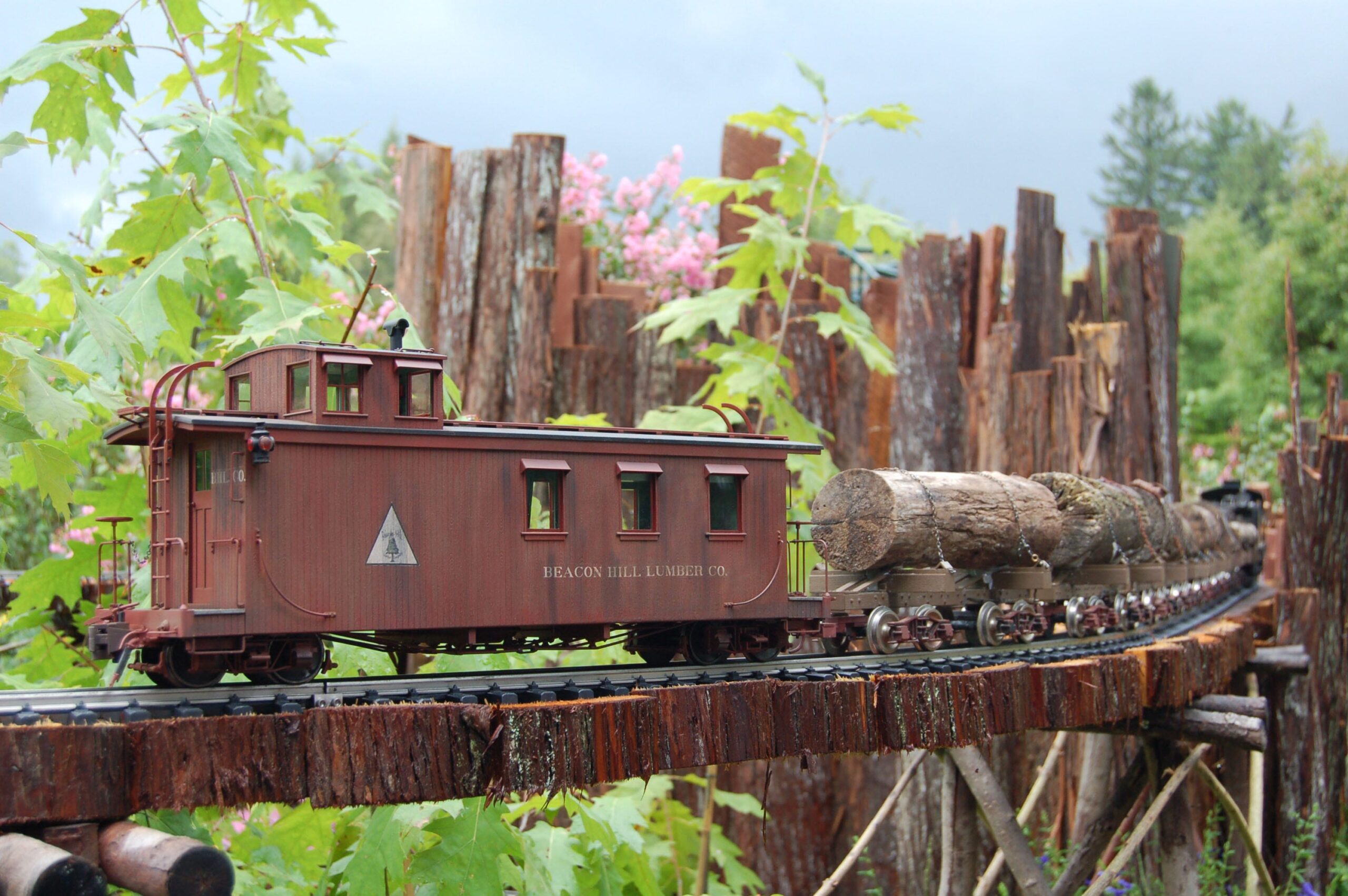Model train display is an art form that provides hobbyists with countless hours of relaxation and creativity. Creating a picturesque setting for your model train to run through can be accomplished with a few key steps.
Here are some essential items to keep in mind while making scenery for your model train: Choose a theme, gather materials, plan and draw a layout, build the scenery, and add the final touches. Use natural elements like rocks, grass, and trees to create a realistic environment.
Use your imagination to design your perfect model train scenery that will keep you entranced for hours. With the proper tools and mindset, the possibilities are endless.
| Highlights | Description |
| Making Rows in a Garden | Creating realistic terrain features. |
| Scale and Proportion | Match size of plants and elements to scale of trains. |
| Drainage and Soil | Use well-drained soil and appropriate drainage measures. |
| Choosing Plants | Select suitable plants for miniature garden setting. |
| Landscaping Elements | Including rocks, water features, and other scenery. |
How To Plan A Model Railway Layout?
Planning a model railway layout can seem overwhelming, but with the right approach, it can be a fun and rewarding experience. Here are the most important things to keep in mind:
Planning a model railway layout can seem overwhelming, but with the right approach, it can be a fun and rewarding experience. Here are the most important things to keep in mind:
1. Decide on a theme: You need to choose a theme for your model railway layout, such as a particular era, location or fictional setting.
2. Determine the scale: You need to decide on the scale you will be using for your model railway layout, which determines the size of the models and scenery.
3. Sketch the layout: Once you have a theme and scale in mind, sketch out a rough layout of the tracks and scenery.
4. Consider space limitations: Make sure to take into account the amount of space you have available for your model railway layout before finalizing your plans.
5. Select appropriate components: Choose the right components such as locomotives, rolling stock, buildings, and scenery that fit the theme and scale of your model railway layout.
By following these steps, you can create a thoroughly planned model railway layout that will provide hours of enjoyment. Remember to be creative and have fun with it!
Creating a plan is essential for a successful model railway layout.
Not:In addition to the information we have provided in our article on
how to make rows in a garden for a model train display, you can access the wikipedia link here, which is another important source on the subject.
What Is The Best Surface For A Model Train Layout?
Choosing a location is the first step in planning a model railroad. You need to decide where you will build your new layout. Next, choose a scale, a format, a trackplan, and an era.
Model train enthusiasts often debate on the best surface for a track layout. While the decision can vary depending on personal preference, some factors should be considered. A smooth and level surface is necessary to ensure the train runs smoothly. Cork and foam are popular materials that offer these benefits.
If you’re looking for something more durable, plywood is a great option. Whatever your preference may be, be sure to choose a surface that will provide stability and longevity to your layout. As a model train enthusiast, it’s essential to prioritize the quality of your track’s foundation.
Important factors to consider:
- Smooth and level surface
- Stability and durability
How Do You Keep Model Train Tracks Together?
Top / Layout Base Plywood, which can be purchased at home improvement stores, is the de facto standard for the best wood to use for the top of your model railway baseboard.
Plywood is strong enough to hold your track, buildings, and scenery in place, and it is also easy to work with, making it possible to push track pins in, for instance.
Keeping model train tracks together is an essential part of building a layout that runs smoothly. One of the easiest ways to ensure that your tracks stay connected is to use connectors specially designed for this purpose.
These connectors are typically made from metal and come in different shapes and sizes to accommodate various track sections.
Another key consideration is to avoid placing too much stress on the joints, which can cause the tracks to separate. Use gentle pressure when fitting tracks together, and minimize any jostling or movement once they’re in place. Overall, taking these precautions will guarantee a reliable and realistic model train layout.
Using connectors specially designed for the tracks makes a big difference in keeping them together.
Key tips for keeping model train tracks connected:
– Use metal connectors designed for the tracks
– Avoid placing too much stress on the joints
– Gently fit the tracks together, and minimize movement once in place.
Related Article: Eclectic Garden Design
